Your basket is currently empty!
The myth of Dafni turned into a stone face
There is an anthropomorphic rock on the crested peaks of the Prace, shaped by wind and snow. From the ancient inhabitants of Gratteri it was called “a tièsta“, because it resembles a giant face or a stone head that, from the top of the shaggy mountain, watches over that pleasant landscape alone.
About it, millenary stories and myths of shepherds were told, but today, in the village, they are no longer remembered. Everyone knows instead, the medieval wash-house of Cefalù – a daily attraction for hundreds of tourists – known for those icy waters that, flowing from fifteen leonine mouths, pour into a crystal clear sea.
According to tradition, that torrent of clear and icy waters, called Cefalino, has its source at the Prace, that mountainous massif behind the Madonite village “of the craters”, where that petrified “face” rises majestic and melancholic.
In fact, there is still an unusual inscription in Latin, at the entrance of the suggestive wash-house of Cefalù, which leads the curious visitor back to an ancient Sicilian legend. Carved in a scroll, it’s written:
HERE FLOWS CEFALINO, HEALTHIER THAN ANY OTHER RIVER, PURER THAN SILVER, COLDER THAN SNOW.
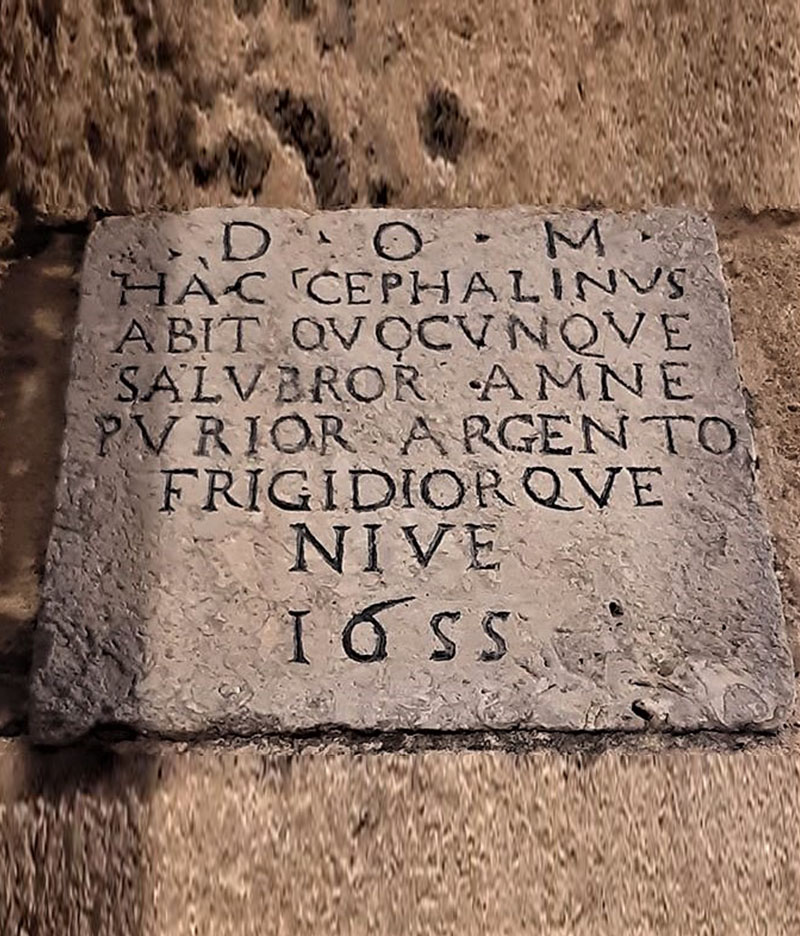
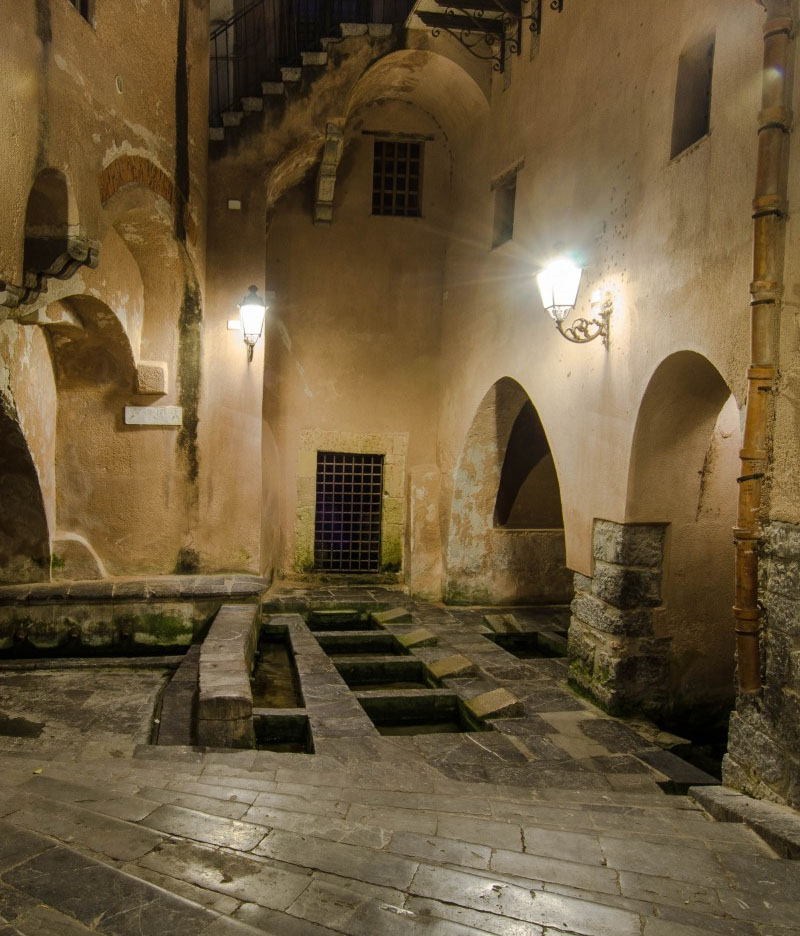
This memorial stone, written by a 17th century historian, Vincenzo Auria, was placed at the entrance of the wash-house in 1655 as requested by the same “jurors”(administrators) of the time.
From the researches conducted in the past by the cefalusian Nico Marino, we also know that, the name of such river was already mentioned, for the first time, by Giovanni Boccaccio in 1335 in the “Book of the mountains and the rivers of the world“, and then be resumed, in the 17th century, by the jurist genoese Giovan Battista Spinola and finally adopted from the palermitan Vincenzo Auria.
According to legend, the river Cefalino was generated by the endless tears of a nymph, repentant of having punished with death, the betrayal of the beloved shepherd Dafni, who was turned into a stone by his father Mercury.
Of this myth – originally told by the Greek rhapsodes – there are, however, several revisitations well-known in the city of Cefalù. Diodorus Siculus (lib IV.84) narrates that Dafni was the son of the god Hermes, messenger of Olympus, and of the nymph Dafni, abandoned by the latter in a laurel forest on the Erei mountains (probably Mount Lauro near Ragusa).
The child was found by shepherds who took care of him together with Apollo, Pan and Artemis who taught him how to play and compose bucolic poems.
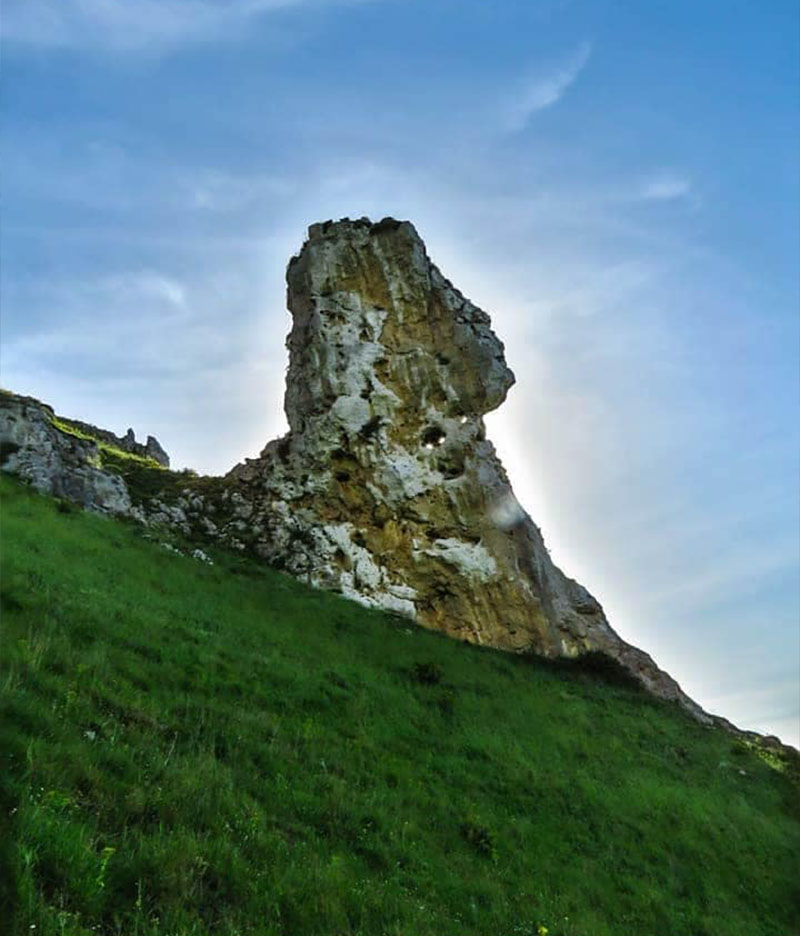
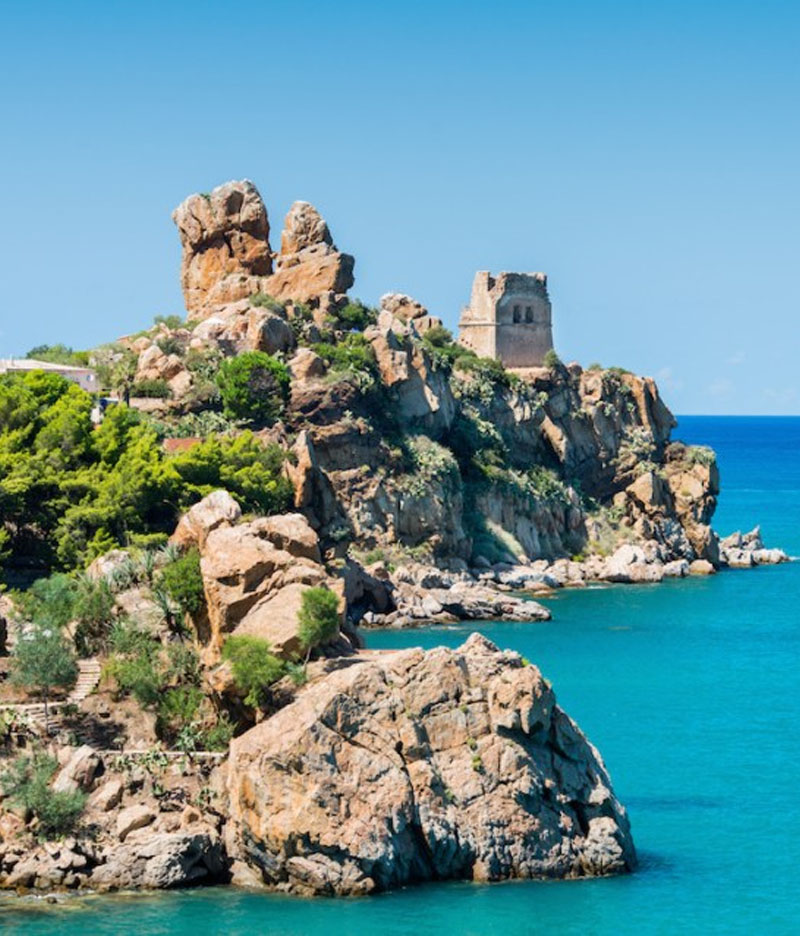
IN THE ANCIENT GREECE
Most of the time the shepherds were also poets and Dafni was considered the creator of bucolic singing, so enough to be remembered by Virgil himself in his pastoral works. The young demigod, became a beautiful man who took care of his flock playing the bagpipe, and singing celestial songs.
People say that all the maidens fell in love with him because of his melodious singing and among them, even the nymph Echemeide or Achenais, daughter of the goddess Juno. The two lovers married without the consent of her mother who swore to take revenge.
One day King Zeno invited Dafni to a party to perform his poems. All the guests were enchanted, also Queen Clifene who fell madly in love with the poet, as to organize a second party and gave the shepherd a powerful wine mixed with laurel that, to the ancients, had aphrodisiac effects.
The queen took advantage of his disbandment by taking the young man to her alcove where the adulterous passion was consumed. In this way Dafni betrayed the promise of fidelity to his bride, the nymph Echemeide and for this, he was blinded by his mother-in-law Juno, with the typical punishment that the Siculians inflicted to perjuries.
Thus, the young shepherd began to wander blind and desperate through the mountains and countryside of Sicily, playing sad songs, until, near Cefalù, he ended his life by throwing himself from a rock.


At that point, his father Hermes, mercifully transformed him into that cliff which, according to Cefalù tradition, should be identified in the Rocca di Cefalù or in a cliff (today included in the register of places and identity of the memory of the Sicilian Region). For a long time he was remembered, and in his memory, sacrifices were offered near a spring.
Another version, the oldest one, seems to date back to Stesicoro, features the nymph Naide or Nomia who blinded him to take revenge for an infidelity suffered. Dafni, shot down for having lost his sight, threw himself from Olympus, transforming himself into the rock overlooking Cefalù.
The nymph, in turn, seeing the desperate gesture of her husband, repentant, began to shed icy tears that fed an underground basin that began to flow like a river, the Cefalino, that from the mountain of the Prace, flows down to the valley until it reaches the sea of Cefalù.
As Ciaceri says, the legend of Dafni is one of those cases in which the pre-existing indigenous cult was readapted by the subsequent Greek civilization. This is why several versions are reported. Dafni would in fact be the personification of the pastoral life of the ancient Siculians who lived in the Sicilian hinterland (Emanuele Ciaceri, Cults and myths in the history of ancient Sicily, 1993).
Anyway, in all versions of the same myth, the handsome shepherd Dafni stands out as the inventor of bucolic poetry, who died suicidal and then petrified. Could this, then, be the oblique myth of that stone face that stands alone on the slopes of the Prace?
We like to think so, and why not, he is still there to dominate the Tyrrhenian coast from above, in a rural and uncontaminated landscape.
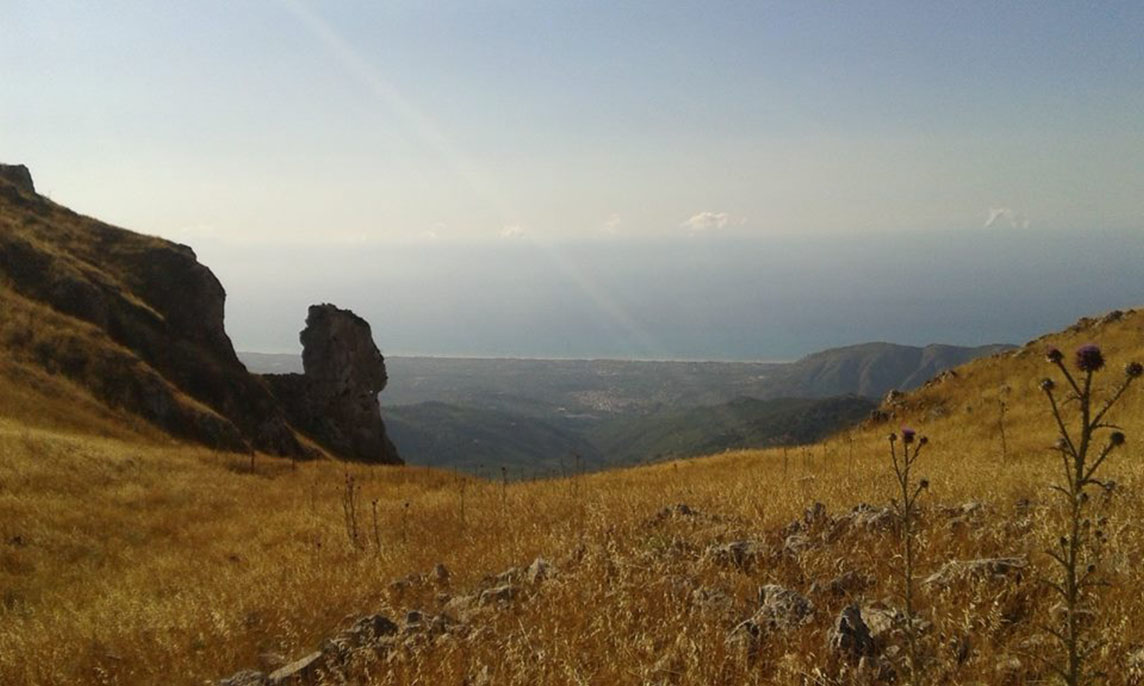
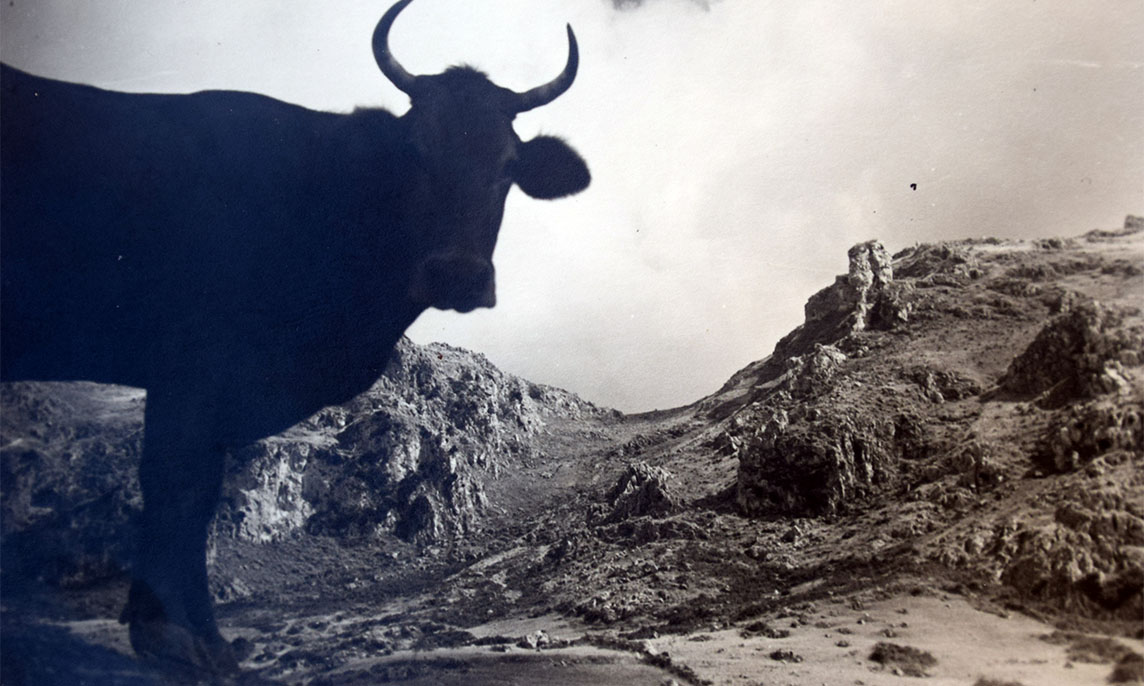
Marco Fragale
(Università di Palermo)
Bibliography: Anna Ferrari, Dictionary of Greek and Latin mythology, Turin, UTET, 2002, Emanuele Ciaceri, Cults and myths of ancient Sicily, Catania, 1911.


